How many
stu2900
13 years ago
Related Stories
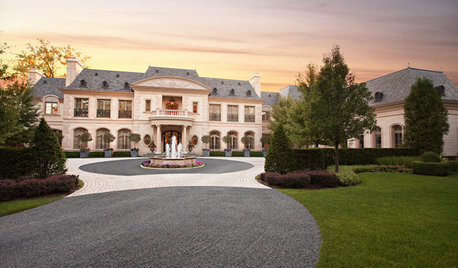
MOVINGWhy So Many New U.S. Homes Are Supersized
A bigger share of new homes sold in 2015 were 4,000 square feet or more compared with before the recession. But that could change
Full Story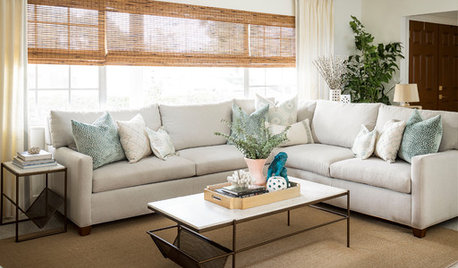
ORGANIZINGDecluttering Help: What to Do When Too Many Things ‘Spark Joy’
Get rid of duplicates, eliminate decor you don’t display and let go of items you feel more obligation about than joy
Full Story
KITCHEN APPLIANCESThe Many Ways to Get Creative With Kitchen Hoods
Distinctive hood designs — in reclaimed barn wood, zinc, copper and more — are transforming the look of kitchens
Full Story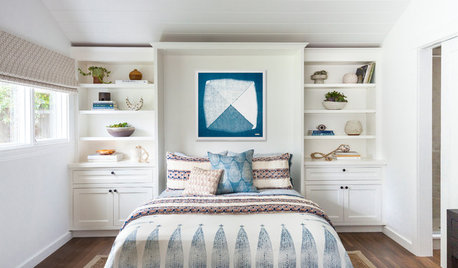
BEDROOMSHow Many Pillows Should You Have on Your Bed?
Rest assured: An expert breaks down the types of bedroom pillows to help you create your coziest bed ever
Full Story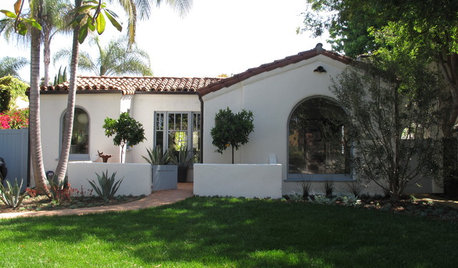
ARCHITECTURERoots of Style: Many Cultures Make Their Marks on Mediterranean Design
If you live in California, Florida or certain other parts of the U.S., your architecture may show distinct cultural influences
Full Story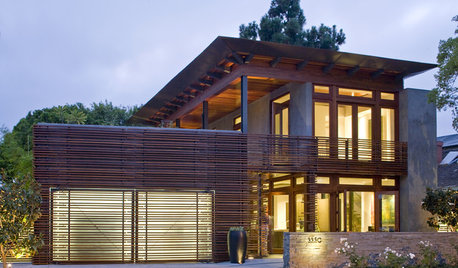
GARAGESDesign Workshop: The Many Ways to Conceal a Garage
Car storage doesn’t have to dominate your home's entry. Consider these designs that subtly hide the garage while keeping it convenient
Full Story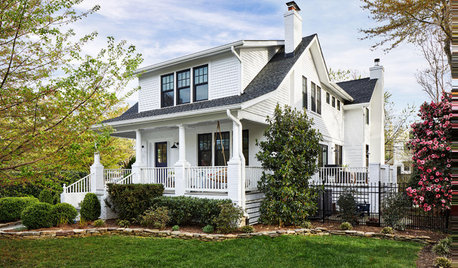
BEFORE AND AFTERSHouzz Tour: Urban Farmhouse With Many Rooms for Gathering
A remodel creates privacy and improves flow in a family’s Virginia home
Full Story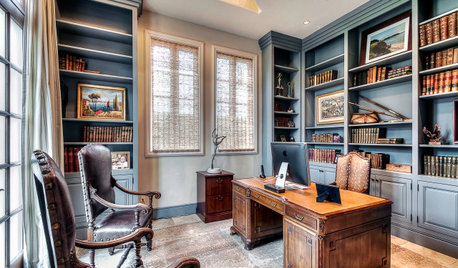
LATEST NEWS FOR PROFESSIONALSHow to Stop Wearing Too Many Hats in Your Construction Business
Design-build firm owner Peter Feinmann offers help for general contractors and builders who have too much to do
Full Story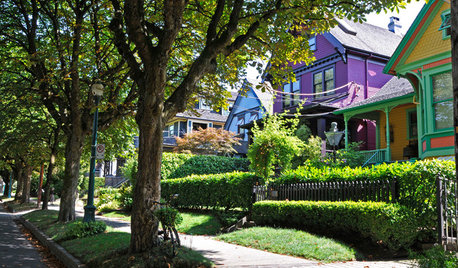
CURB APPEALWhen to Give Your Home a Coat of Many Colors
Drape your house in a dazzling array of hues to bring architectural details to life and draw admiration from the street
Full Story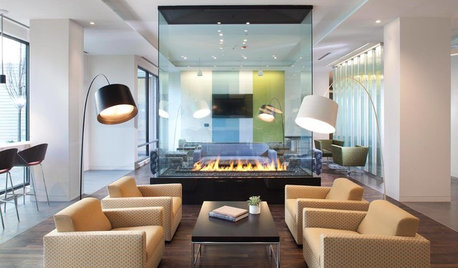
FIREPLACESObjects of Desire: Modern Fireplaces Play Many Roles
Space definers, warmth bringers, soul stirrers ... these modern fireplaces earn their keep for more than their good looks
Full StoryMore Discussions







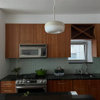

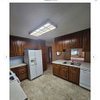
DavidR
stu2900Original Author
Related Professionals
Fort Washington Lighting · Venice Lighting · Reston Furniture & Accessories · Genova Furniture & Accessories · New Providence Interior Designers & Decorators · Struthers Interior Designers & Decorators · North Versailles Electricians · Ankeny Decks, Patios & Outdoor Enclosures · Baker Decks, Patios & Outdoor Enclosures · Brentwood Decks, Patios & Outdoor Enclosures · Carlisle Decks, Patios & Outdoor Enclosures · Commerce City Decks, Patios & Outdoor Enclosures · Medford Decks, Patios & Outdoor Enclosures · Oswego Decks, Patios & Outdoor Enclosures · Provo Decks, Patios & Outdoor EnclosuresDavidR
stu2900Original Author
DavidR